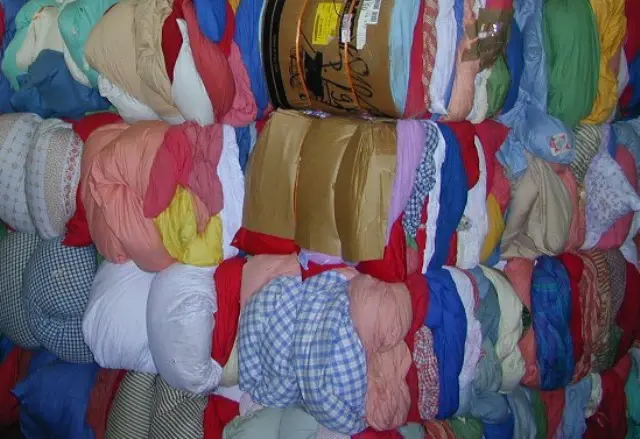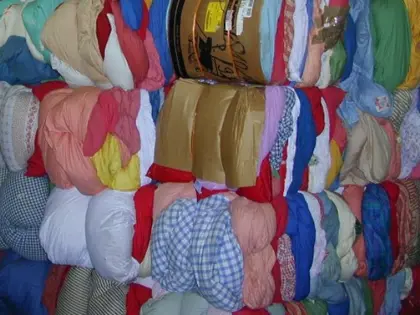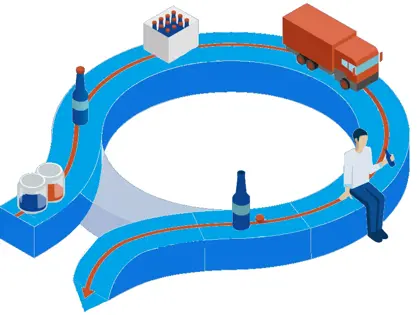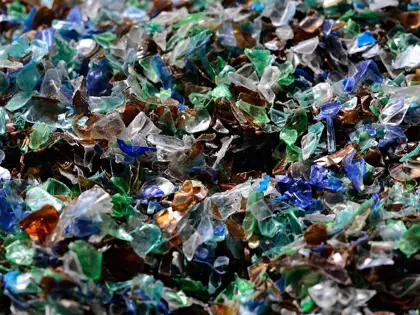China is usually considered to be the biggest and most important textile producer in the World, however, the EU textile and clothing industry has also become a global leader. EU exports to the rest of the world represent more than 30% of the world market, while the EU Single Market is one of the most important in terms of size, quality and design.
The textile industry - an industry of tradition and great importance
Textile materials can be found everywhere. They are sold all over the world as clothing, components of footwear, home interior textiles, carpets and much more. Textiles are also used in industrial applications including; construction, automotive and other mobility sectors.
The textile and clothing sector is an important part of the European manufacturing industry and plays a crucial role in the economic and social well-being in many regions of Europe. According to data from 2016, there were over 170,000 companies in the industry, employing 1.5 million people and generating a turnover of €149 billion. The sector accounts for a 3% share of value added and a 6% share of employment of the total manufacturing in Europe.
The EU is also one of the world’s largest carpet producers. Overall, around 65% of EU demand for carpets is fulfilled by EU-based manufacturing (which is significantly higher when compared to other textile products), which in turn creates jobs in the EU.
The EU sector is based around small businesses. Companies with less than 50 employees account for more than 90% of the workforce and produce almost 60% of the value added.
The textile industry material “diversity”
The textile and clothing industry covers a range of activities - from the transformation of natural fibres (cotton, flax, wool, etc.) or synthetic fibres (polyester, polyamide, etc.) into yarns and fabrics, to the production of a wide variety of products such as hi-tech synthetic yarns, bed-linens, industrial filters, and clothing.
Wider aspects of sustainability; some regrettable facts
Sustainability aspects of textiles are wide.
- The production of bio-based materials such as cotton or wool requires a lot of water and other agricultural inputs, while synthetic fibres and yarns used for the production of textiles are mainly fossil based and also have plastics related issues such as a microfiber or microplastic discharge.
- The production of textiles causes emissions of CO2 and other compounds to air and/or water.
- Apparel and footwear account for 8% of global GHG emissions worldwide, and these emissions are expected to increase, in a business as usual scenario.
- Textile production often involves the use of chemicals (e.g. for colouring) that can have negative environmental and health impacts.
- Fast-changing fashion and clothing trends means that a garment‘s first use is often short.
- Once discarded, textiles are in some cases collected for reuse or recycling, often by charities or other not-for-profit organisations. This can contribute to longer use of clothing.
- However, a great deal of textile material is not dealt with in a circular way; it has been estimated that a full truck of textiles is sent to incineration or landfill every second, worldwide. Recycled materials used in textiles production account for only about 1%. The situation in the EU is slightly better, with infrastructure for the collection, reuse and recycling of textiles in place or being developed in a number of Member States. However, even in the EU collection rates are estimated to be as low as 25%, though large differences between Member States exist.
What can help? Better technologies and quality, lower consumption and better recycling.
Concerns about environmental effects have led to several initiatives and approaches to improve the situation. Environmentally friendly processing technologies aimed at inter alia better recycling of textiles have been developed under the EU funding schemes.
Recycling of textiles takes place to a limited extent and when it does takes place, it is often a matter of downcycling - where the recycled material is of lower quality and functionality than the original material.
There is limited knowledge regarding the feasibility of the recycling of a number of fibres, in mixtures, from both an economic and environmental point of view.
Challenges include the complex combinations of materials in garments and the presence of hazardous ‘legacy’ substances, such as flame-retardants in carpets, that were authorised at the time of production but are (soon to be) subject to restrictions at the time of recycling.
Clothes recycling: the chance for further use
The biggest positive environmental impacts can be achieved by avoiding the production of waste in the first place, by prevention – the first step in the waste hierarchy - which means if we want to buy clothes then it should only be those of a higher quality and a “timeless” style, which can thus be worn “forever” (or at least more frequently and for much longer than cheaply produced goods).
However, if we do eventually need to dispose of our textiles, we can try to avoid that our clothes simply become ordinary household waste - by collecting them separately and recycling them they can find a further use. With this approach, the amount of unsorted municipal solid waste is reduced and those textiles can be used again (wearing) which means that material and energy recycling is increased.
Increasing the recycling rate of textiles can be one of our big challenges. Belgium had the highest recycled textile waste production per capita in the EU, in 2016, at an average of 1.5 kilograms and ranks among the leading five textile polluters in the EU. Italy, which had the highest quantity of total yearly textile waste in the EU, in 2016, recycled less than a kilogram of textile waste per person, on average.
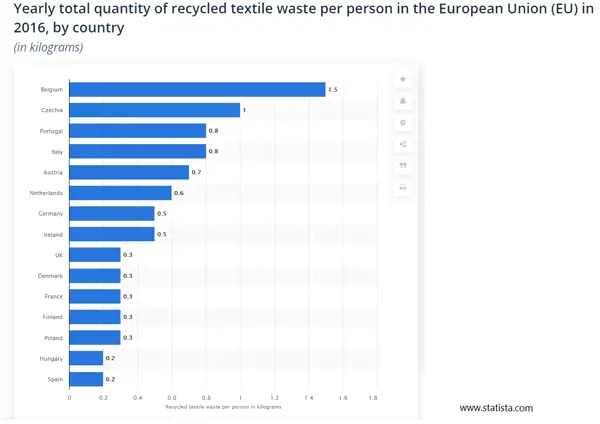
In what ways can we re-use our textiles?
One step towards a more sustainable lifestyle is to “deliver” your old clothes to textile containers. FCC Environment CEE offers containers for the collection of used clothes, and our containers are specially designed for this purpose. You can often find them located in places like large shopping center car parks, hypermarkets or other busy spots close to municipal institutions or collection yards.
Before transportation, the collected items are stored somewhere dry in bags or containers, ready to be picked up by our trucks when larger quantities have accumulated. Without prior selection, they are sold to a company specializing in the sorting, selection and packaging of used clothing.
Most of the used clothing and textile products collected can still fulfill their original function. The remainder is cut into smaller pieces and recycled as cleaning aids, or is recycled for reuse in the textile industry. It can also serve as a source of energy.
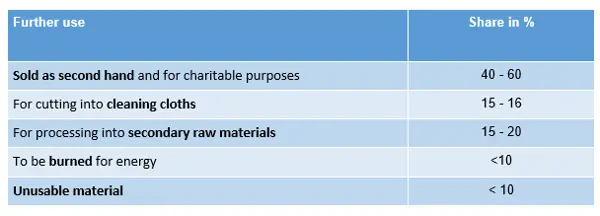
Source:
- https://ec.europa.eu/growth/sectors/fashion/textiles-clothing/eu_en
- https://ec.europa.eu/environment/circular-economy/pdf/sustainable_products_circular_economy.pdf

